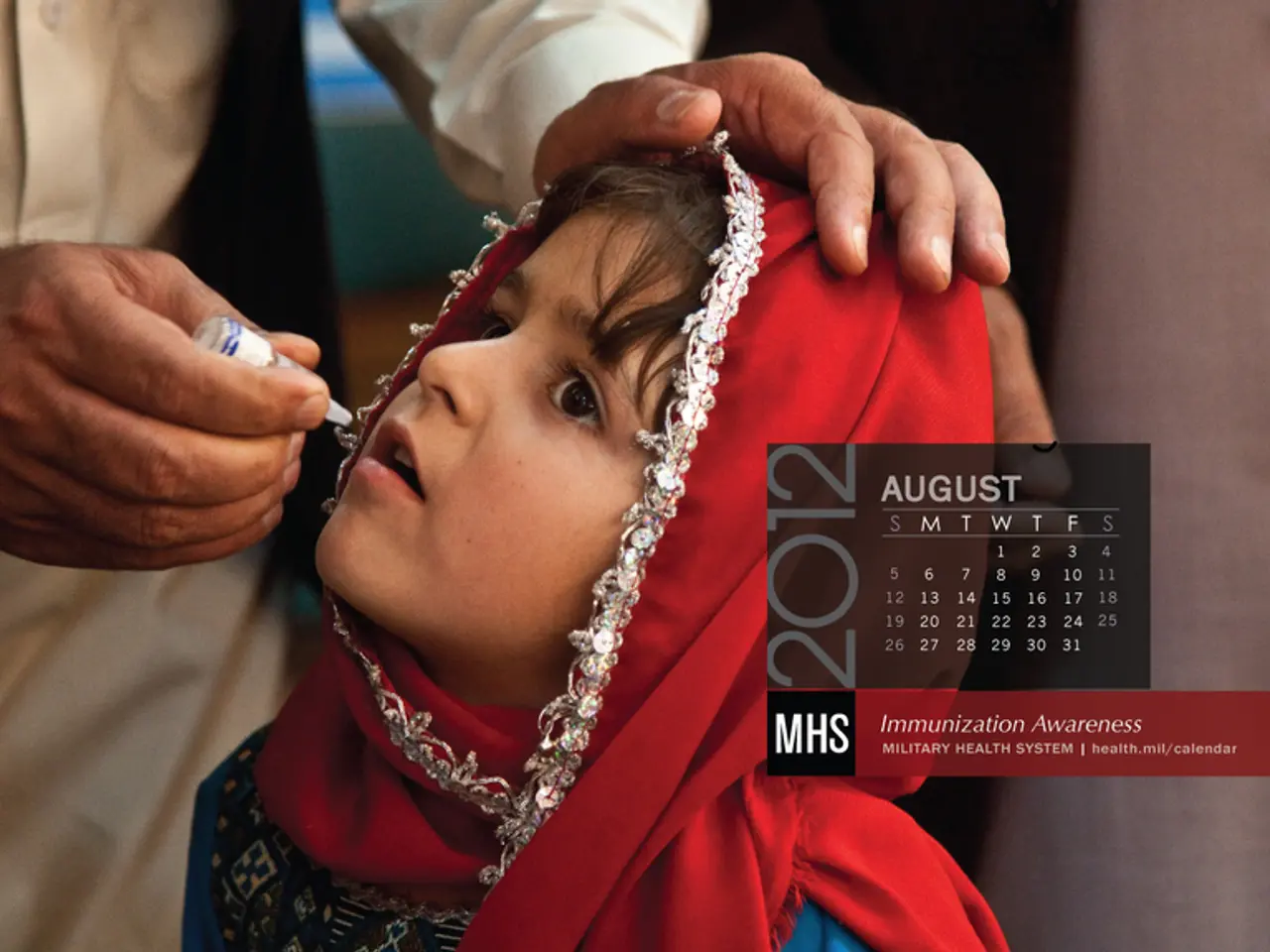History, Origin, Vaccine, and Current Status of Smallpox: Cause, Effects, and Implications
Smallpox, a member of the orthopoxvirus family, was a severe, contagious disease that affected humans for thousands of years before its eradication in the late 20th century. The variola virus, the causative agent of smallpox, was first recognized in Europe around 570 CE, although its exact origin is unknown and may date back to as early as the 4th century CE in China.
The disease spread widely through human activities such as trade, war, and colonialism. Smallpox was carried from Egypt to India during the first millennium BCE, and from there it reached China by the 1st century CE and Japan by the 6th century CE. In the Americas, smallpox had a particularly devastating impact, especially after European colonization, where it was sometimes intentionally spread among Native American tribes who had no prior immunity.
Methods to combat smallpox existed long before the advent of vaccines. Variolation, a practice of deliberate infection with smallpox material to induce immunity, was practiced in Africa and Asia for centuries. Lady Mary Wortley Montagu introduced variolation to Britain from Constantinople in the early 18th century. However, it was Edward Jenner's development of the cowpox-derived vaccine in the late 18th century that revolutionized prevention and ultimately led to the disease's eradication.
Smallpox continued to affect some populations more severely than others even after the development of the vaccine. Europe experienced repeated smallpox pandemics, such as the one between 1870-1874 that began in London and Liverpool and spread to the United States, indicating ongoing global transmission into modern times before widespread vaccination.
Since smallpox's eradication, vaccination against the disease has become unnecessary. The last naturally occurring case of smallpox occurred in 1977, and the World Health Organization declared the disease eradicated in 1980. Concerns about bioterrorism have led to an increased interest in using samples of smallpox to understand and develop treatments for orthopoxviruses. Some samples of smallpox are held by the WHO Collaborating Centers on Smallpox and Other Poxvirus Infections at the CDC and the Russian State Research Center of Virology and Biotechnology.
Public health authorities are prepared for a potential smallpox attack, should it occur. The United States approved tecovirimat (Tpoxx) as the first antiviral treatment for smallpox in [redacted]. Safety trials for this drug are ongoing.
Smallpox was an epidemic and one of the most devastating diseases known to humans. It was especially devastating for some populations, particularly Native American people in the Americas. The eradication of smallpox remains a significant milestone in global health history, demonstrating the power of vaccines and public health efforts to control and eliminate infectious diseases.
References:
[1] Jones, E. (2003). The Great Mortality: An Intimate History of the Black Death, the Most Devastating Plague of All Time. Alfred A. Knopf.
[2] McNeill, W. H. (1976). Plagues and Peoples. Anchor Books.
[3] Fenn, R. (2001). Smallpox: The Death of a Disease. University of California Press.
[4] Spinney, M. (2011). Pox: Genes, Culture, and the German Smallpox Vaccine. Harvard University Press.
- The development of vaccines, such as Jenner's cowpox-derived vaccine, has played a crucial role in the eradication of severe medical conditions like smallpox, highlighting the significant impact of science on health-and-wellness.
- In the contemporary world, people's interest in preventing various medical conditions has led to the exploration of alternatives like CBD, while public health authorities still prioritize traditional vaccines for immunizations.
- The eradication of smallpox has been a historical milestone, demonstrating the power of science, medical-conditions prevention methods, and public health efforts in controlling and eliminating infectious diseases.




